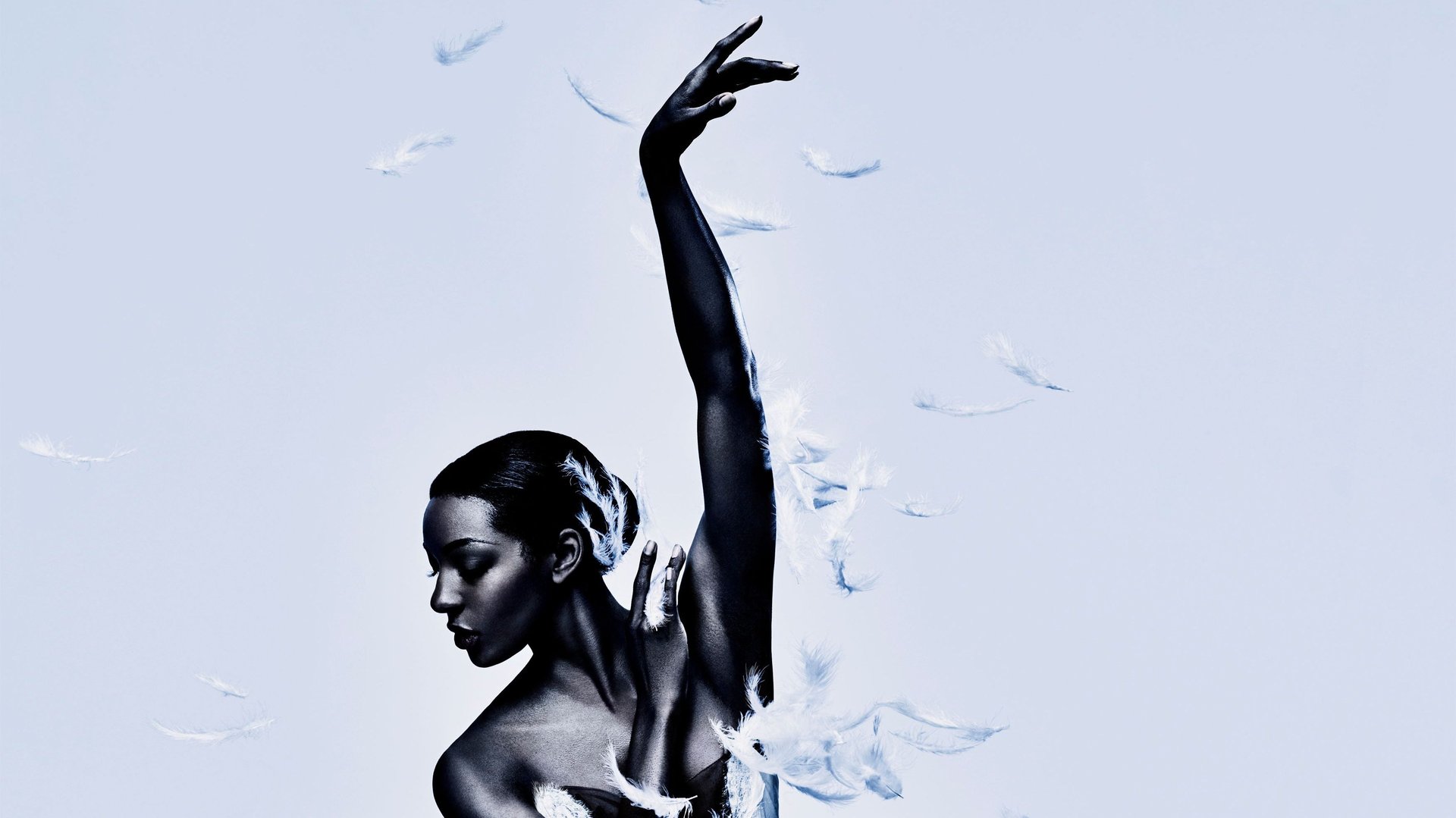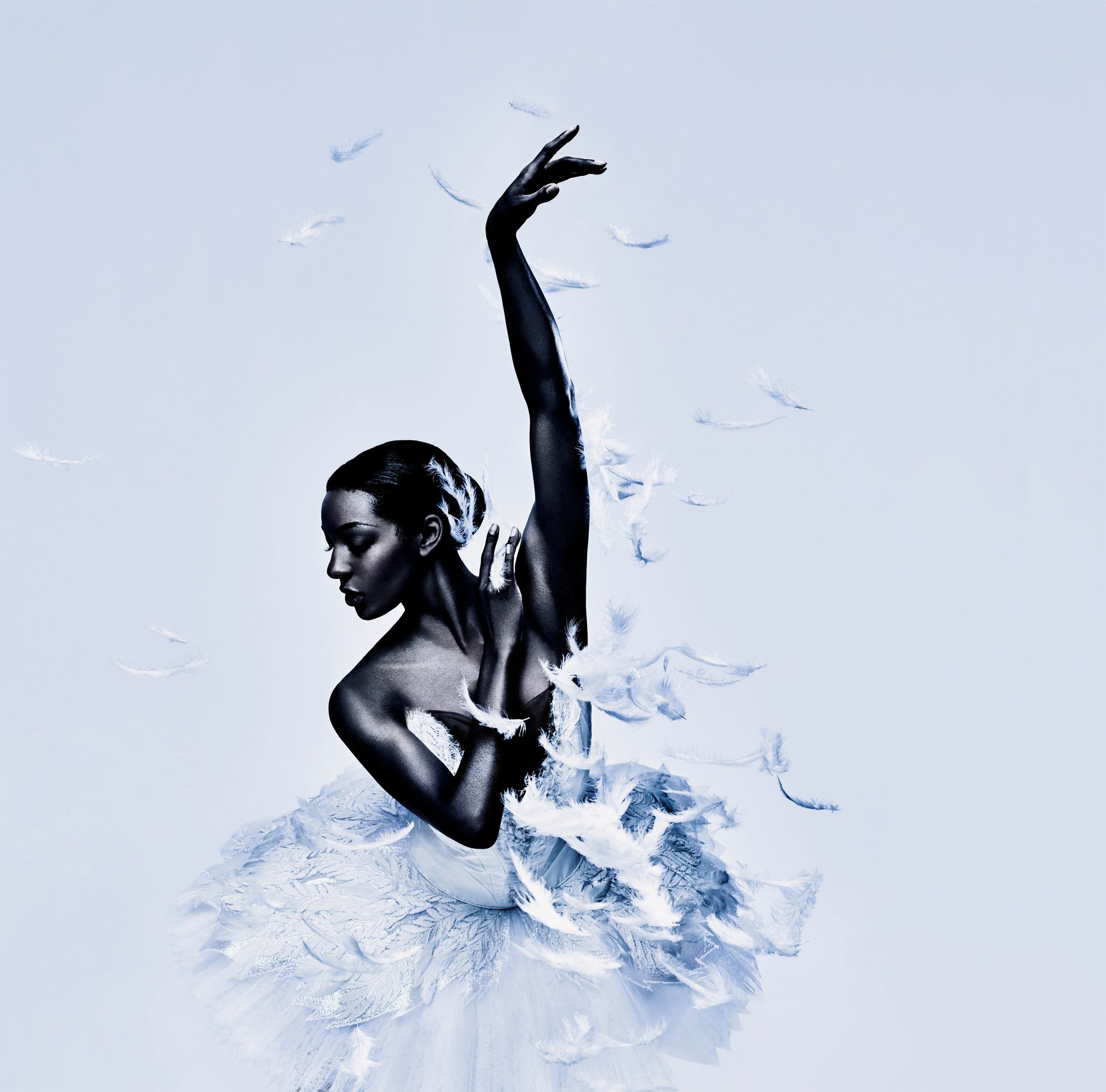The story behind this beautiful ad is the story of race in ballet
Ballet is leaving behind the days when dancers of color had to “pancake” their shoes, spreading messy stage greasepaint on the pink satin—the only shoe color available—so that it better matched their legs and feet. But even in a business of quite extraordinary diversity, those at the heart of the intricate industry—deeply traditional in some ways, progressive in others—know it’s still got a way to go.


Ballet is leaving behind the days when dancers of color had to “pancake” their shoes, spreading messy stage greasepaint on the pink satin—the only shoe color available—so that it better matched their legs and feet. But even in a business of quite extraordinary diversity, those at the heart of the intricate industry—deeply traditional in some ways, progressive in others—know it’s still got a way to go.
Ballet is interesting because it can be seen both as an enclave of whiteness and privilege, and as an outrunner of change. Excellence in dance doesn’t require mastery of any one specific verbal language before talent can be seen so, like sport and unlike much of business, it’s a leveler. Ballet companies can and do feature artists from wealthy Western families alongside those from deprived backgrounds, particularly from Eastern Europe where the dance’s tradition is strong—though of course a young person of slender means, from any culture, finding the resources to train in such a discipline is still extremely unlikely.
Dancers meanwhile are highly visible. They appear on posters and on stage, picked out in bright light and decked in costume, some of it—like those pink shoes—containing a racial bias in the fabric itself.
“I wouldn’t say ‘oh no, there’s no problem anymore,’” says Heather Clark Charrington, director of marketing and communications at English National Ballet, when asked whether ballet is getting less white-dominated. A seasoned arts marketer who has worked at the Pittsburgh Symphony Orchestra and the UK’s National Theatre, she notes that dance-shoe makers have recently begun creating lines of non-pink ballet slippers.
“That’s a new-ish thing. Like in anything, change takes time, and that’s a great step—so to speak!”
I’m talking to Clark Charrington because of a poster she created. It’s a beautiful image which stood out this winter in London—as all advertising tries to stand out—from the myriad billboards, video ads and full-wall blazons selling goods and experiences to the Christmas hordes. A black dancer lifts her left arm, taut but relaxed at the wrist, her gaze averted from the raised hand. White feathers drift around her like snow. The English National Ballet’s 2018 production of Swan Lake, an 1870s Tchaikovsky work central to the ballet canon, looks like it might be one of the first high-profile productions to star a black female lead; and that perhaps ballet, which some might see as particularly white and privileged, is beginning to change.

Only, Precious Adams, the dancer on the poster, does not dance Odette/Odile, the virtuosic main part which requires a ballerina to play both the enchanted swan-princess and her evil doppelgänger. Adams, at just 23 years old, is a First Artist in the company, meaning that she is a rung up from the corps de ballet and plays named parts, but is years away from the role of first soloist or principal. Depending on the performance she dances Lead Swan, the Spanish Dance, and Act I’s Pas de Trois, all showcase roles in this Swan Lake. On the night I saw the ballet, the American-born Adams portrayed one of the princesses in Act III and others parts, while Odette was played by Alina Cojocaru, a 37-year-old caucasian lead principal born in Romania. The male lead was played by Jeffrey Cirio, who is Asian-American.
Clark Charrington says that what she was interested in with the design of this poster was the transformation of human to bird around which Swan Lake is structured, focusing on the use of the arm to express the “long, elongated neck of a swan.” Adams does play Lead Swan, and posters, which have to be designed months before casting is decided, often feature artists who don’t play that role in the ballet, and sometimes dancers who don’t even appear in the performance. “Precious has great arms,” Clark Charrington explains. She bristles at any implication that she used Adams on the poster because Adams is black.
Is there a problem here?
When ENB puts Precious Adams on the poster for Swan Lake, it sends a clear message that it, as a company, celebrates non-white dancers and places them at the heart of ballet’s most traditional pieces. But is that promise fulfilled if she doesn’t star?
“I honestly don’t believe that you would come to the production and feel cheated,” Clark Charrington says. She says her aim in creating marketing material is to showcase the performers, and it’s striking that among the 76 dancers of the company there are dozens of nationalities, let alone ethnicities. The ballet’s production of Swan Lake features dancers from China, Germany, South Korea, England, Spain, the US, Scotland, Vietnam, Italy, France, Belgium, Australia, Brazil, South Africa, Japan, New Zealand, Puerto Rico, Paraguay, Mexico, Canada, Ukraine, Austria, Russia, Romania, and the Basque Country. No one could accuse the company of parochialism.
ENB may be diverse, and dance as a whole is massively so. But being black and in ballet is still rare enough to be noticeable. Hence my call to Clark Charrington, and our discussion about shoes, which stemmed from a discussion about tights.
In September 2018, a minor furor broke out when Adams told the Evening Standard newspaper that she was reconsidering the pink tights she had habitually worn, and starting a conversation with ENB artistic director Tamara Rojo (who also still dances with the company, and has spoken on diversity and inclusion) about whether leg coverings that matched her torso would better emphasize her line. The remarks were taken out of context by other publications, Adams said on social media, and used to imply that she had “refused” to wear pink tights after suffering “attacks,” neither of which was true.
But it’s somewhat understandable why the ginned-up conflict seemed plausible to some people. Carlos Acosta, a Cuban dancer who was one of the first black stars in UK ballet and has played the male lead in other productions of Swan Lake, said in 2012 that most companies still didn’t know how to cast black dancers. “Still there is this mentality, especially with directors, that a black ballerina in the middle of a flock of white swans would somehow alter the harmony,” he told the Guardian. That assessment was questioned at the time, with arguments that ballet’s diversity problem is more likely an issue of money and access than institutional racism. In the years since, the makeup of companies has evolved—ENB’s casting being an illustration—but black performers in the discipline are still rare.
Clark Charrington, who is herself not white, says that things are changing, and posters like the one she made for Swan Lake are a part of that. “We really genuinely believe that ballet is for everyone, everywhere, there should be no barriers to it,” she said. “It’s that that I try to portray in all our marketing materials.”